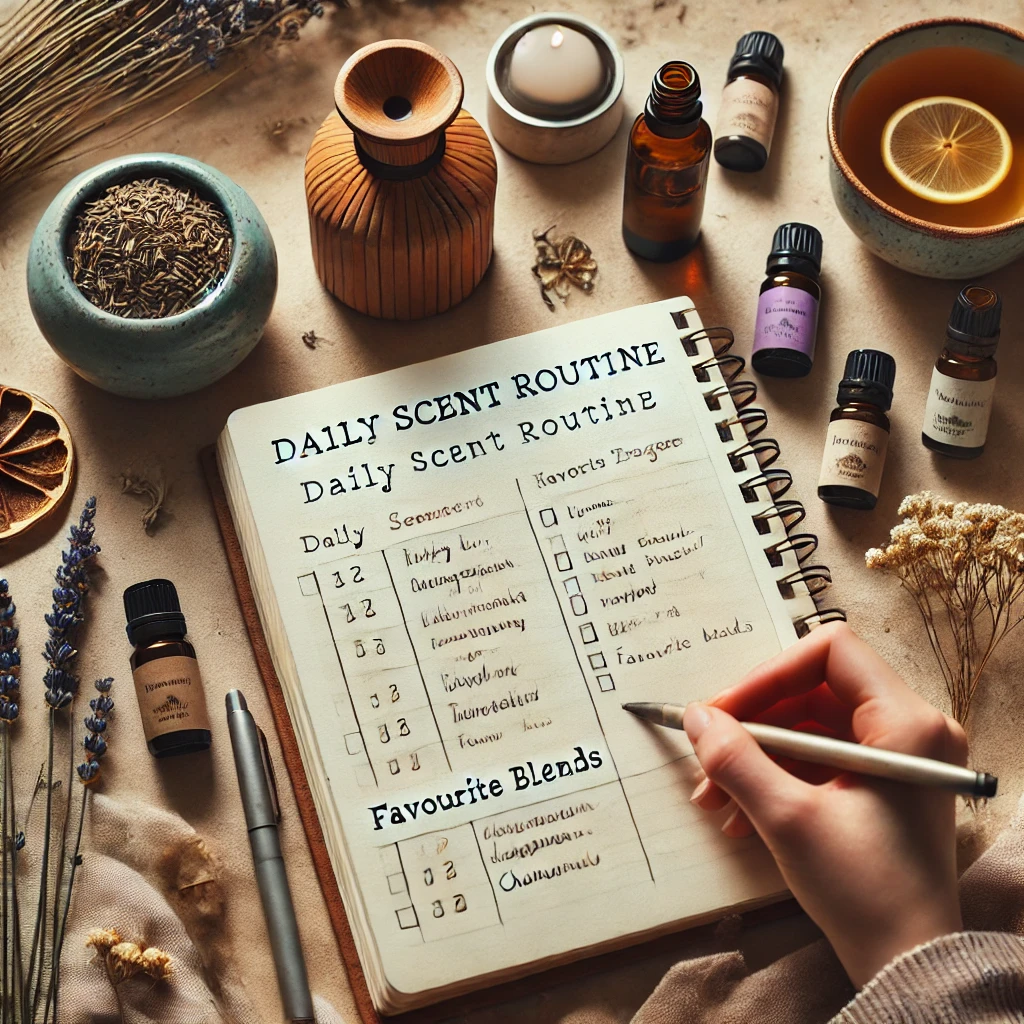Scent and Self-Care: How to Build an Aromatherapy Routine

Share
Summary
Self-care isn’t just bubble baths and candles — it’s about daily practices that restore your balance. Aromatherapy is one of the most powerful (and enjoyable) tools for emotional wellbeing, stress management, and mindfulness. This guide helps you build a personalised aromatherapy routine that works for your lifestyle.
In today’s fast-paced world, self-care is no longer a luxury — it’s a necessity.
And while there’s no shortage of self-care trends, few are as versatile, affordable, and instantly effective as aromatherapy. Whether it’s grounding your energy before a busy day, lifting your mood during a slump, or easing into sleep at night, scent can become a meaningful part of your daily wellness rhythm.
But where do you start?
Let’s explore how to build an aromatherapy routine that’s personalised, effective, and easy to stick to — no spa appointments required.
Why Aromatherapy Belongs in Your Self-Care Toolkit
Smell is deeply connected to the limbic system, the brain’s emotional control centre. Unlike sight or sound, scent bypasses conscious thought and creates an immediate physiological and emotional response — making it the perfect self-care ally.
Aromatherapy can help:
- Reduce stress and anxiety
- Improve sleep quality
- Support focus and motivation
- Enhance emotional resilience
- Encourage healthy habits and routines
Studies show that essential oils like lavender, bergamot, and frankincense can reduce cortisol levels, lower blood pressure, and even support mood disorders (Herz, 2009; Koulivand et al., 2013).
Step 1: Identify Your Needs
Start by asking: What does self-care mean to me right now?
Are you looking to:
- Sleep better?
- Reduce daily anxiety?
- Create rituals around your skincare or morning routine?
- Build healthier habits?
- Feel more grounded?
Once you’ve clarified your goals, it’s easier to select oils and methods that align with them.
Step 2: Choose Your Core Essential Oils
Here’s a simplified guide to popular oils and their self-care benefits:
| Need | Recommended Oils |
|---|---|
| Calm & Relaxation | Lavender, Chamomile, Frankincense |
| Uplift & Energy | Bergamot, Lemon, Peppermint |
| Grounding & Focus | Cedarwood, Vetiver, Sandalwood |
| Self-love & Connection | Rose, Ylang Ylang, Geranium |
| Motivation | Rosemary, Grapefruit, Sweet Orange |
You don’t need 20 oils — start with 3–5 that resonate with your current needs.
Step 3: Set Daily Aromatherapy Touchpoints
Integrate aromatherapy into moments you already have — no need to overhaul your schedule. Here’s how:
☀️ Morning (Energy & Intention)
- Use an uplifting diffuser blend while you get ready
- Add a drop of peppermint or rosemary to a tissue for on-the-go focus
- Apply a citrus-based roll-on before starting work
Morning Blend Example:
- 2 drops lemon
- 2 drops bergamot
- 1 drop rosemary
🧘 Midday (Reset & Refocus)
- Take 3 deep breaths with a grounding oil (like vetiver or sandalwood)
- Use a personal inhaler to boost mental clarity
- Blend into a hand cream for a mindful mini-break
Focus Blend Example:
- 2 drops peppermint
- 1 drop frankincense
- 1 drop cedarwood
🌙 Evening (Unwind & Reflect)
- Run a bath with lavender and chamomile
- Diffuse a calming blend while reading or journalling
- Massage feet or temples with a relaxing oil before bed
Sleepy Blend Example:
- 3 drops lavender
- 2 drops vetiver
- 1 drop Roman chamomile
Step 4: Build Rituals, Not Routines
Rather than treating aromatherapy as a chore, make it a ritual — a small, sacred act you look forward to.
That might be:
- Lighting a candle while setting intentions
- Massaging oil into your chest before bed
- Spritzing a linen mist while tidying the room
- Creating a “Friday wind-down” blend to mark the weekend
Rituals help anchor the nervous system and create stability — especially during emotionally turbulent times.
Step 5: Keep It Safe & Simple
✅ Always dilute essential oils before applying to the skin — 1–3% dilution is standard.
✅ Do a patch test when trying a new oil.
✅ Use essential oils, not synthetic fragrances — the latter don’t offer therapeutic benefits.
✅ Be cautious during pregnancy, breastfeeding, or with children — use only oils deemed safe.
✅ Store oils in dark glass bottles, away from heat and light.
Bonus Tip: Create a Self-Care Scent Journal
Keep track of:
- The oils you’ve used
- How they made you feel
- Any emotional or physical changes you noticed
- Favourite blends and when you use them
Over time, you’ll create a scent-based toolkit that evolves with you.
Final Thoughts
Self-care isn’t always about doing more — sometimes it’s about feeling more. And scent is one of the most direct ways to reconnect with how you want to feel each day.
With just a few drops of essential oil, you can infuse your routine with intention, comfort, and clarity — whether you need grounding, lifting, or letting go.
So inhale deeply. Exhale slowly. Your self-care starts now — and it smells divine.
Sources
- Herz, R.S. (2009). Aromatherapy facts and fictions: A scientific analysis of olfactory effects on mood, physiology and behaviour. International Journal of Neuroscience.
- Koulivand, P.H., Ghadiri, M.K., & Gorji, A. (2013). Lavender and the nervous system. Evidence-Based Complementary and Alternative Medicine.
- Watanabe, E. et al. (2015). Effects of bergamot essential oil on mood and cortisol. Journal of Complementary and Alternative Medicine.
